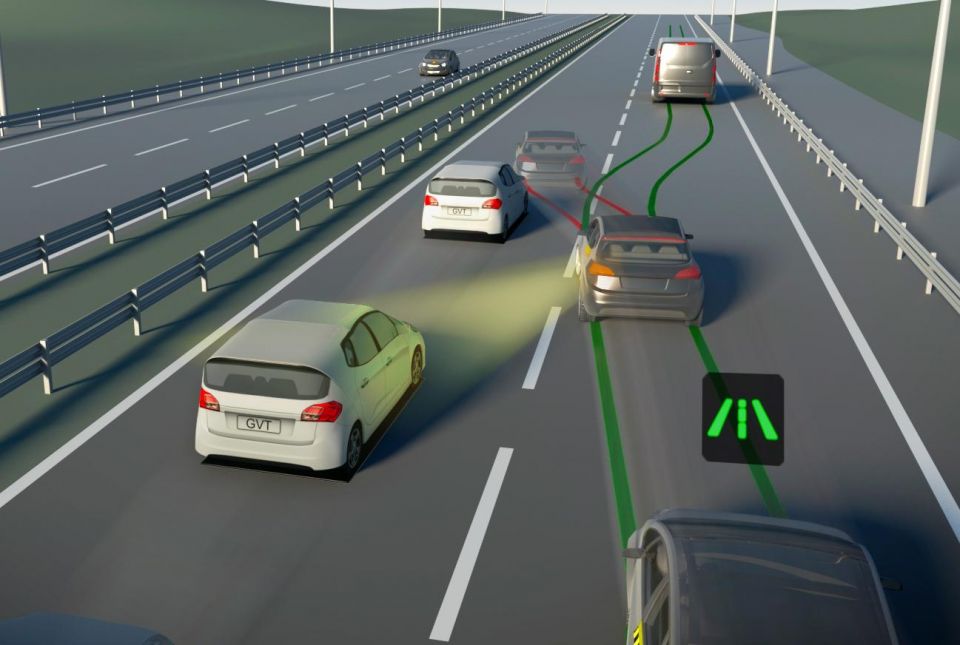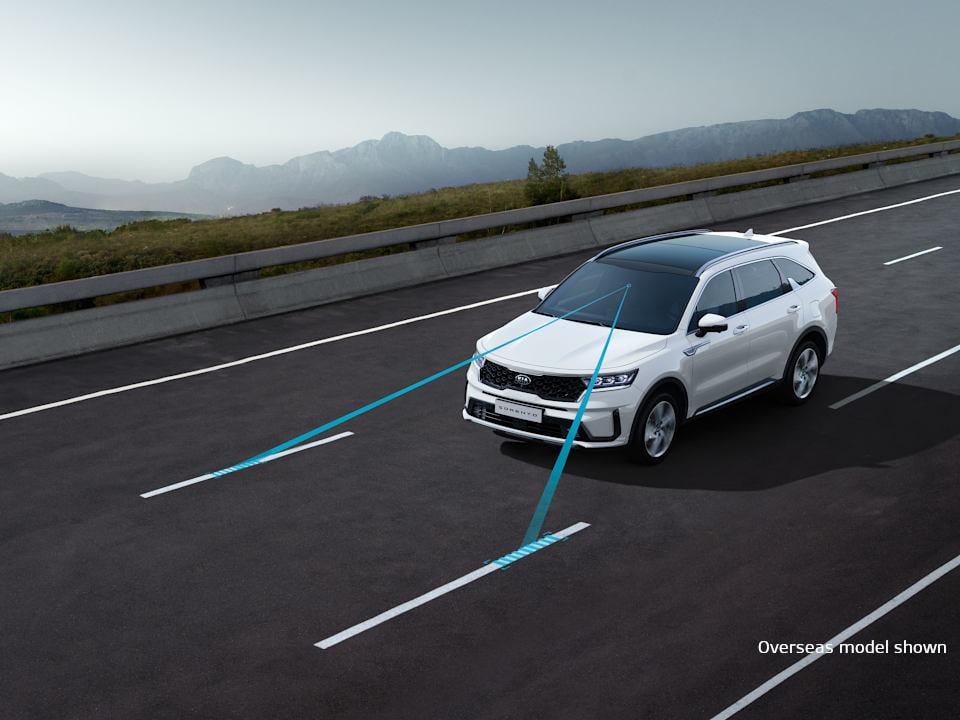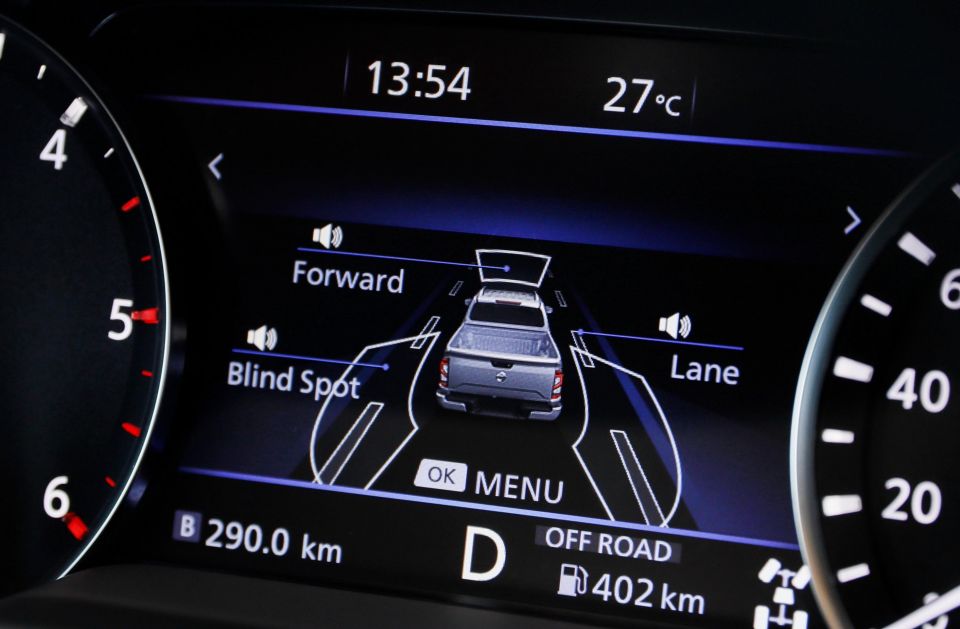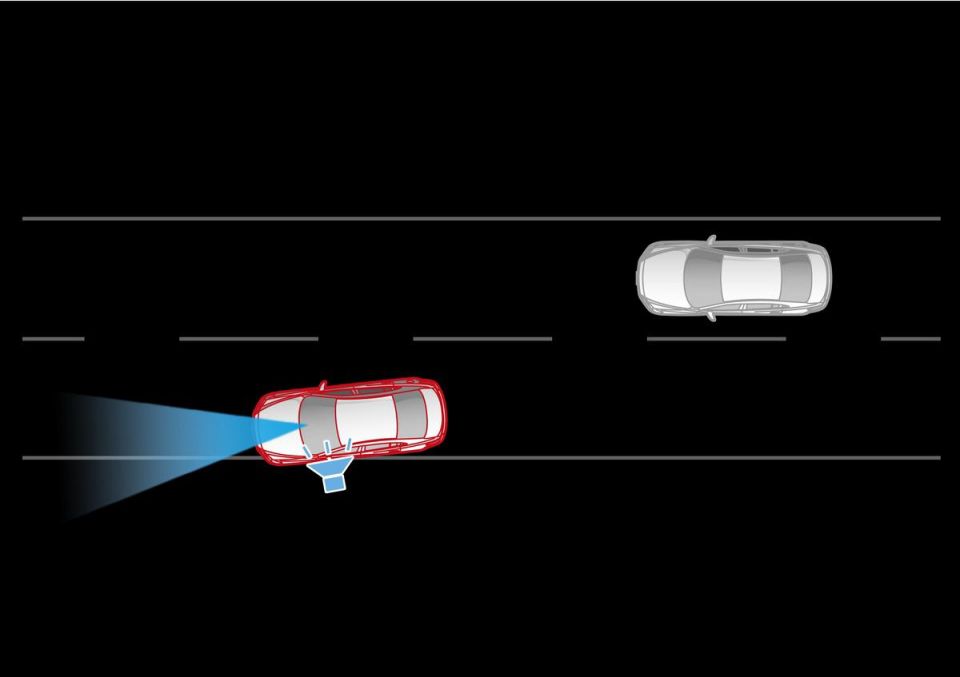

Anthony Crawford
1990 Lamborghini Countach review
5 Days Ago
Having moved to make AEB compulsory, Australian Design Rules are now being updated to factor in the latest lane-keeping aids too.

Senior Contributor


Senior Contributor
The Australian Federal Government has proposed to make lane-departure alert and lane-keeping assist systems mandatory on newly launched vehicles from March 2024, and all existing models being sold new from March 2026.
These features are, respectively, designed to audibly or vibrationally alert the driver they’re leaving a road lane, then use a ‘corrective directional control function’ (steering corrections) either via steering or (in less common cases) selective wheel braking, to nudge the vehicle back into the lane.
While the installation of these technologies is not yet regulated, at present around 61 per cent of new light vehicles are voluntarily equipped with lane-keeping systems (LKS) already, and crash tester ANCAP requires them for a maximum score.
The Department of Infrastructure and Transport is currently seeking industry feedback on the issue, but last week released a 71-page report and Regulation Impact Statement outlining why it sees mandating lane-keeping systems as a good idea.
MORE: Lane support systems explained

Australian Design Rules (ADRs) are designed to be ratcheted up as technology improves and proliferates, with features like ABS, stability control, and most recently autonomous emergency braking (AEB) all made compulsory to meet standards once the technologies were mature and widely adopted already.
The proposal is officially called ‘Australian Design Rule 107/00 – Lane Keeping Systems 2022’. It’s modelled on European regulation EU2021/646 as handed down on August 19 this year, and has been approved by Kevin Hogan MP, Assistant Minister to the Deputy Prime Minister.
If adopted, standard LKS will thus be a requirement for new light passenger and commercial vehicles up to 3.5 tonnes Gross Vehicle Mass (GVM). These vehicles include ADR categories passenger vehicles MA, MB, MC and light goods vehicles NA1/2.
The standard includes technical requirements intended to ensure lane-keeping systems function appropriately.

According to the government, ADR 107/00 – combining lane-keeping aids that comprise lane-departure alert and corrective steering inputs – is expected to prevent 6989 deaths and 23,648 serious injuries over a 35-year period.
Crash data shows that 11 per cent of road crashes are caused by unintentional lane departure and can include head on collisions, side-swipes, and single car run-off road crashes. These types of crashes result in 55 per cent of all road fatalities: this number increases to 72 per cent at highway speeds.
Supportive modelling suggests the move to mandate LKS would provide a likely net benefit of $2.4 billion, and a benefit-cost ratio of between 3.7 and 7.8 over the same period.
“A reduction in the number of crashes caused by unintentional lane departures will have a significant impact on the number of fatalities in light vehicles, and due to the high representation of light vehicles on Australian roads, will have a significant impact on the total number of road fatalities,” an attached government report claimed.

“… Improvements in vehicle safety are a priority to enable the reduction of fatalities by 50 per cent and serious injuries by 30 per cent by 2030. The strategy promotes the adoption of vehicle technologies with high safety benefits with one of those being LKS which aid in the reduction of crashes resulting from unintentional lane departure.”
The government says it is seeking feedback on the proposed regulation on or before February 1 of 2022, including:
You can go through the full report and read all the government’s data here.
MORE: New regulations mandate AEB from 2025 MORE: Lane support systems explained


Anthony Crawford
5 Days Ago


Matt Campbell
4 Days Ago


James Wong
3 Days Ago


Max Davies
2 Days Ago


Josh Nevett
1 Day Ago


William Stopford
17 Hours Ago